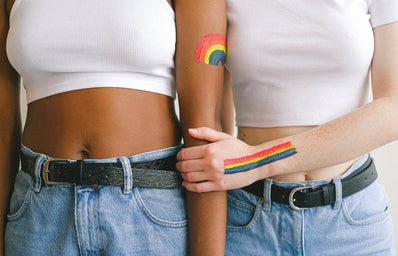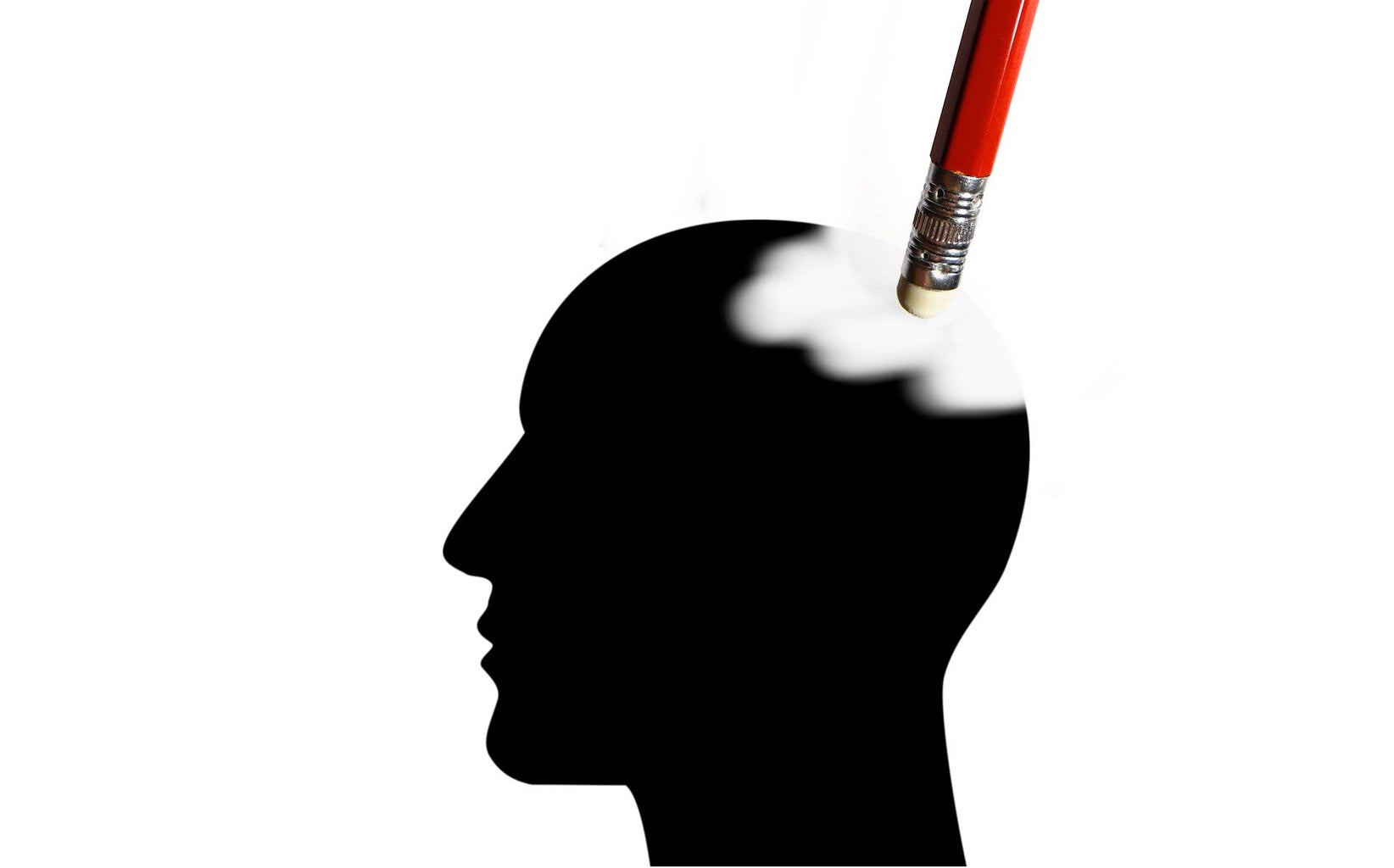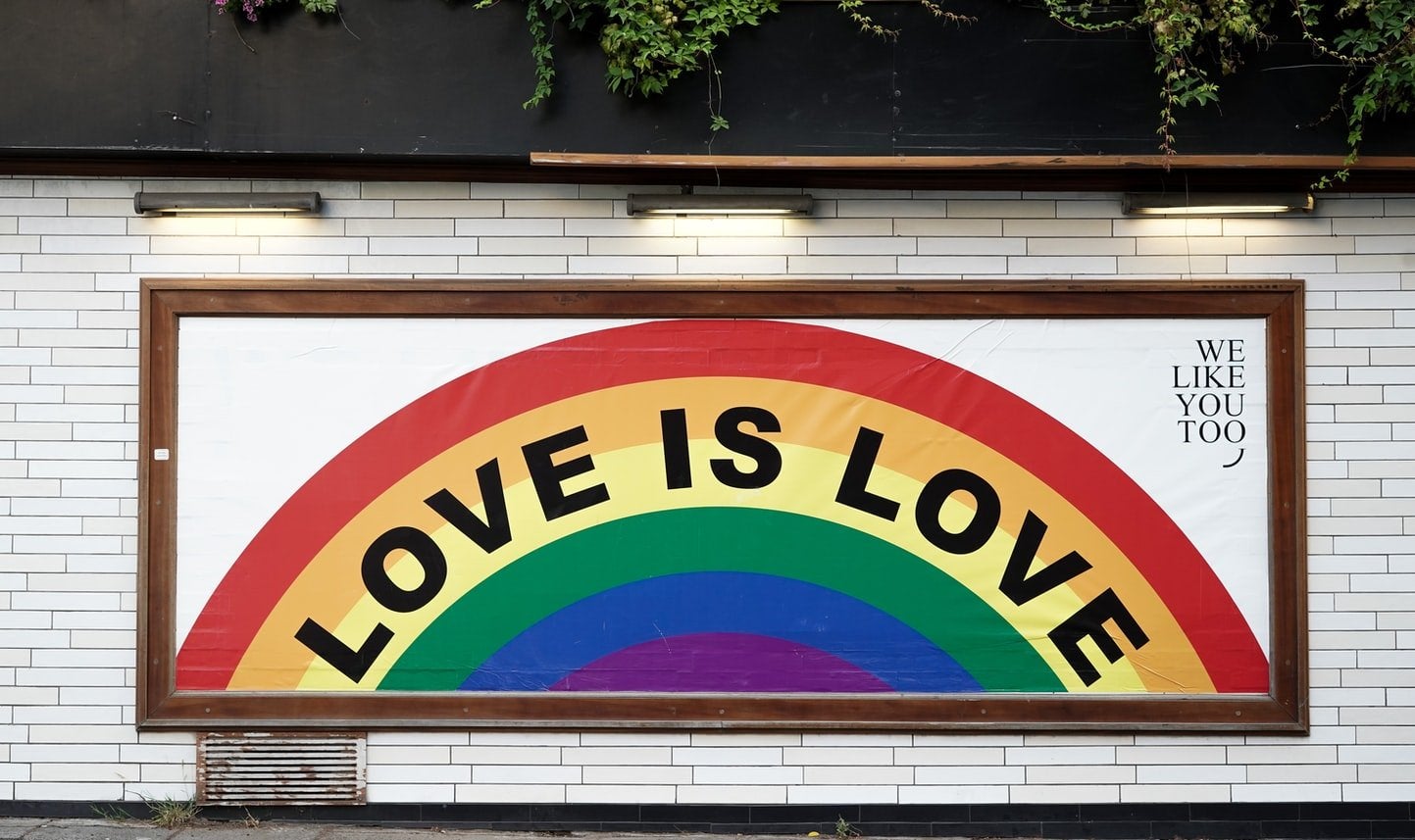Don’t consider this a whispered secret in your ear. Don’t think I’m shouting it from the rooftops, either, though that would be a closer comparison. This is just me — a total stranger to most of you — letting out a long breath of relief and finally saying it as myself: I’m Grace Lanier, and I’m bisexual.
I’m also in a relationship with a guy. In fact, I have only EVER been in relationships with guys! Some of them were great and some of them were less so, but nothing about the nature of those relationships or my partners’ individual gender identities have any effect on how I identify now: I’m Grace Lanier, and I’m bisexual.
Most of my close friends have known this for a while, and many of them even before I came out. It was kind of an “Eh, we figured” revelation, and I even got a few (admittedly funny) “I told you so!” declarations. But this article isn’t about all the clues I ignored along the way, as there’s already an article published to that effect; I want to talk about one of the major obstacles that delayed my coming out for so long.
I came out in a Tweet. I wasn’t drunk or high or even bursting with excitement when I sent it — I just wanted it to be out there, on a platform followed by people who I knew would accept me. Twitter is one of the few social media outlets to which none of my older family members subscribe, save for my sisters, so it’s always been a sort of cocoon for all of my eccentricities. I was sitting on the couch in my parent’s living room, not quite three feet apart from one of my sisters, when I sent one of my most personal admissions out into the Twitterverse. She saw it and didn’t say a word for a while.
It was later that night that she pulled me aside and congratulated me, grinning and asking me about who some of my “girl crushes” were and when had I figured this out. I gave her the standard answers — Kristen Stewart and during some experimental college dating — and when she asked me if I was going to tell Mom and Dad, it was an instant no. It was simultaneously one of the easiest and hardest decisions I had made about the whole affair, and I struggled to explain the complicated implications to my sister. She nodded, said all of the right things and then cinched it with, “Well, you don’t really have to worry about it until you start dating a girl.”
Ladies and gentlemen, meet the obstacle.
So many people still require evidence to verify someone’s sexual orientation. Whether it’s a person’s fulfillment of a certain stereotype or the genders of their past or present partners, many of us need to have a moment where everything clicks together and makes sense:
“Oh yeah, I figured something was up when Jamie got her hair cut.”
“You could always tell there was something about him.”
“Well, she did have that ‘close friend’ in high school…”
The list goes on and on, and in fact, it isn’t even an inherently bad behavior! Stereotypes exist to fill gaps in our knowledge and help our brain organize groups of people into neat, consistent categories. They can absolutely be harmful, but relying on them is within the nature of our brain chemistry. The issue with LGBTQ+ stereotypes arises when outsiders use this “proof” (or a lack thereof) to verify or legitimize someone’s identity within their own minds, rather than accepting that person’s knowledge of themselves.
Furthermore, people who could be considered “straight-passing” often have their identities erased by those around them. Without those LGBTQ+ indicators, the brain can mark their identity as less important or pressing, filing it away until it becomes “relevant” again. To reiterate: it’s chemistry.
I assume many people feel the same way about me. Aside from my short haircut — and the LGBTQ+ stereotypes more widely recognized by Gen Z than any other group — I check very few of the “bisexual boxes.” Virtually no one knows about the single date I went on with a girl, and even that could be written off as college experimentation in the face of my many public relationships with men. I was the stereotype of the clingy, heartbroken girl in high school, crying on the phone to my parents about every boy who wronged me. In a far less toxic romantic maneuver, I began dating my current boyfriend nearly a year and a half ago. What are one date and a short haircut going to prove against 20 years of contradictory evidence?
And that’s the point: I shouldn’t have to prove it. No one should. And it shouldn’t be forgotten just because we don’t fit your idea of what or who we should be. Being bisexual is a crucial part of my identity — one that took me years to come to terms with — and it shouldn’t be dismissed simply because I’m not gay enough for anyone to care. Obviously, they don’t need to hold it as close to their heart as I hold it to mine, but at least respect me enough to remember the sensitive truth I’ve shared with you. Please show that respect to anyone who loves you enough to bring you into their heart.
I’m allowed to smile when I see the bi pride flag. I’m allowed to screech about the cast of Ocean’s 8 descending the staircase, kicking off the movie’s third act. I’m allowed to cuff my jeans and blush around cute baristas and share LGBTQ+ rights posts to my Instagram story. And I’m allowed to do all of these things as a woman dating a man because neither he nor anyone from my past can keep me from being myself.
And if you can’t accept that? You can’t stop me, either.






